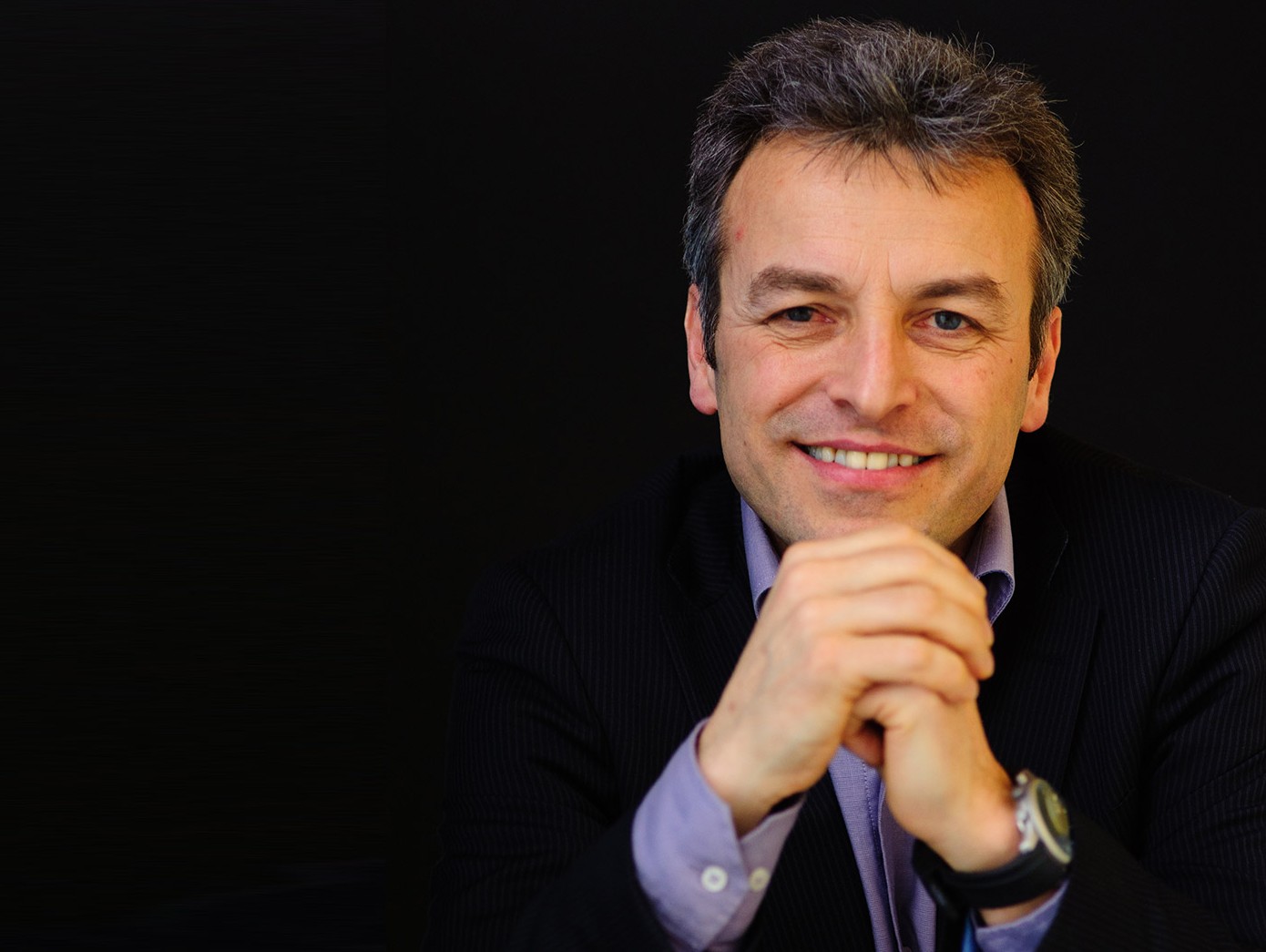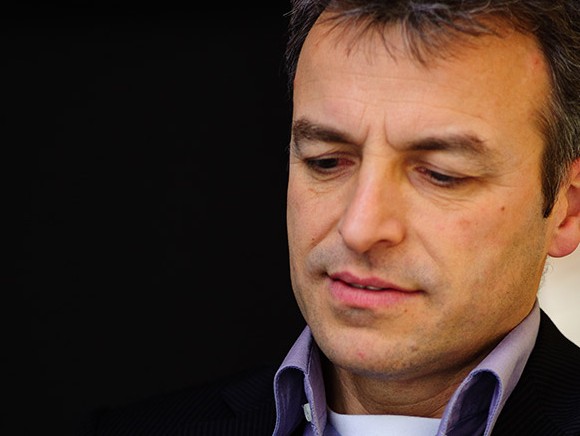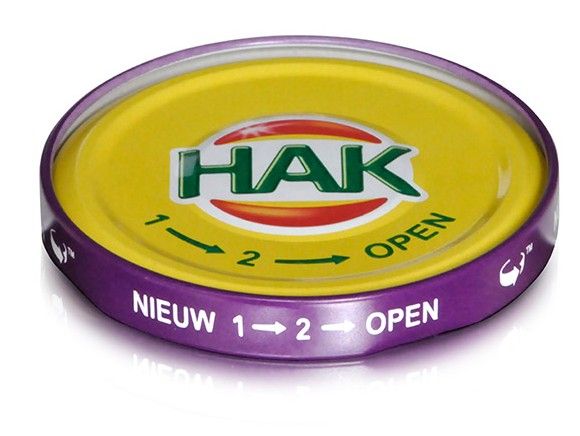
Roland ten Klooster is a packaging consultant and professor by special appointment of Packaging Design and Management. When he was studying industrial design in the 1980s, food packaging design in the Netherlands was a subject that was not receiving much attention.
“What I find striking is that many food businesses do not have a packaging expert on staff.”
The situation has changed since then. Ten Klooster tells us: “However, the interest in it is somewhat negative. Many of the packages for food and beverages have been accused of not being sustainable and that is often incorrect. In recent decades, the industry has made great strides on the road towards sustainability, though these were accomplished by taking small steps.
“The main role of packaging is to protect the product. At the same time, that is a task often underestimated by the consumer. For instance, packaged lettuce can be easily and hygienically transported. Furthermore, the lettuce has already been industrially washed and you know that that occurs during an efficient, safe process. The net result is that you throw less away and the lettuce has a longer shelf life.”
“That is a task for the food industry, which should better explain the value and function of packaging. I have already proposed that attention be given to this in customer magazines at supermarkets. You can disprove prejudices about packaging by providing simple, concrete examples. For example, the film wrapped around a cucumber extends its shelf life by three days, so that fewer cucumbers are wasted.
“The food industry is progressively achieving more improvements, including the reduction of the quantity of material that is used. However, I agree that it is going rather slowly. The fact that there are so many steps in the packaging process is one reason why it is not happening more quickly. If we want to reduce the quantity of canning material used for packaging preserved foods, then the first step is obtaining thinner rolls of steel from the factory. In other words, before you can start making thinner cans, the process at Tata Steel has to be adapted to the new demand. Furthermore, packaging has many functions which all need to be considered as a whole. If you take a look at a longer period, you will see that results have been obtained with regard to reuse and reducing the use of natural resources. Plastic bottles made of used materials have now become so thin that the limit has been reached. The two-litre bottles practically fold in half as you pour them out.”
“Packaging will be more personalised and more sustainable.”

Prof. Roland ten Klooster works one day per week as a professor by special appointment at the University of Twente. He studies the role of packaging in sustainability, designing packages that are convenient for the buyer and the impact of packaging design on consumer decision-making. His chair is financed by NVC Nederlands Verpakkingscentrum (The NVC Dutch Packing Centre). He is also a consultant for Plato product consultants. He founded that business in 1991 after working for a time as a packaging designer for Heineken.
“Of course, that is something that we need to be concerned about and address. However, the packaging industry has only a limited impact in this area. Ninety per cent of the soup comes from four countries: China, India, Vietnam and Indonesia. Those countries do not have a system in place for collecting the used packaging like we do. Our system works well. So well, in fact, that using container deposit money for it would mean investing a great deal of funds and yielding relatively little in return. On the other hand, from a design standpoint, there is the issue of combinations, such as with laminates. These make collecting and reusing materials difficult. It is something that designers must take into account more consistently.
The designers are not the only people who should be held responsible, though. The packaging designer presents a proposal and the marketer selects it. The sustainability of the design plays a role, but the deciding factor is the cost - the required investment in machinery and time to market - and the expected sales figures. It is ultimately the consumer who determines the sustainability of the packaging. The supermarket is a living laboratory where the consumer makes a decision. In part, this is an emotional decision. They choose packaging that may appear to be sustainable, but isn’t necessarily so, such as the popular paper look. Fewer consumers will be quick to buy products from brands that are associated with the plastic soup, too.”
“We teach the new designers what is and what is not actually sustainable, but the truly sustainable designs do not always make it through. What I find striking is that many food businesses do not have a packaging expert or designer on staff. Particularly in SMBs, I am noticing that the role is being overseen by a purchase or process staff member. But it’s the packaging expert making the money. I should also add that many people who graduate with industrial design degrees and experience in packaging end up in other disciplines due to the great demand for technicians.”
“The Internet, of course, is seeing increasingly better packaging solutions. The phenomenon of large packaging for small products is occurring less frequently; packaging is becoming more personalised, focused on the individual buyer, e.g. through the use of cards directly addressed to them: thank you for your purchase. Increased sustainability, too. More small market players are designing their packaging as well, like breweries. This trend will continue.”

“The lid that we designed for the Hak glass jars: the “1-2 open lid”. This is not only easy to use - no force required to open it - it is also made with minimal materials. These materials are either recyclable or made from other recycled materials. (To the editor: Plato product consultants won the Gouden Noot packaging prize for this.)
Source: © Roland ten Klooster